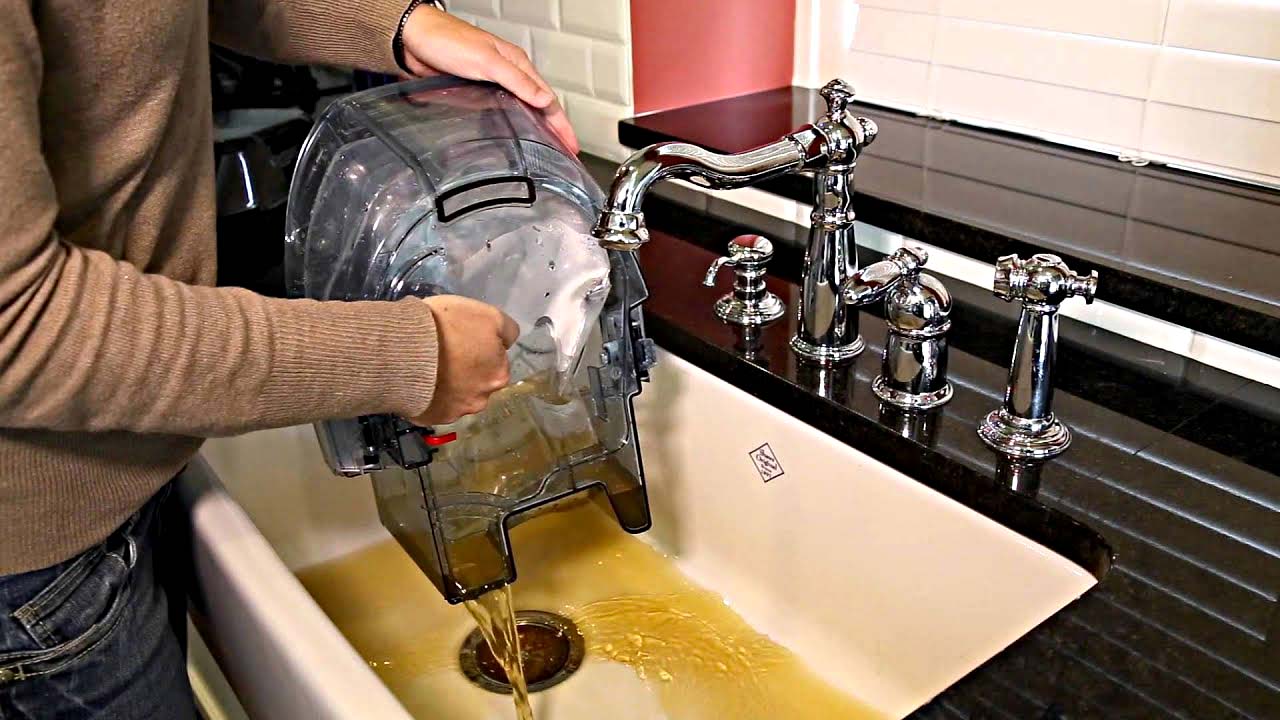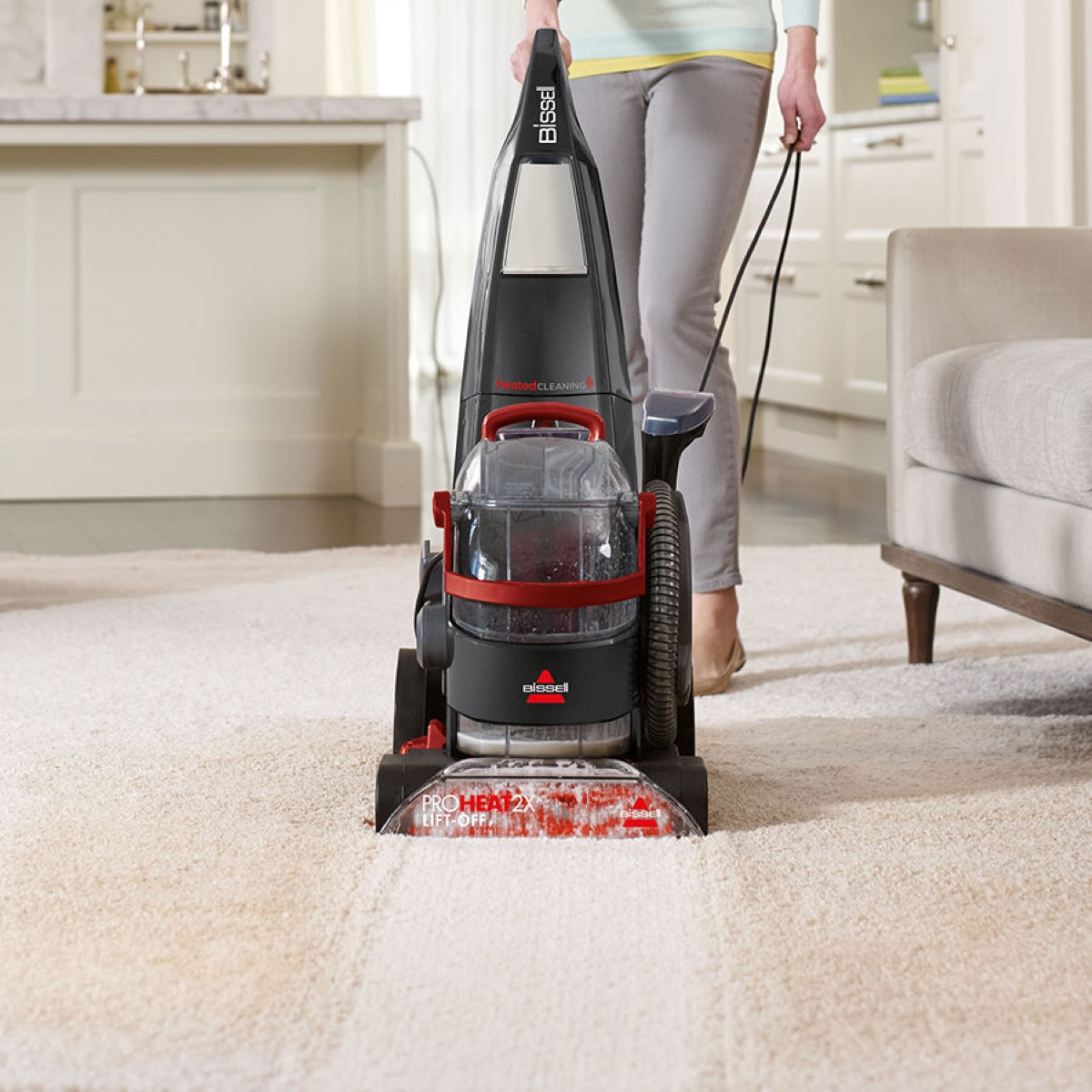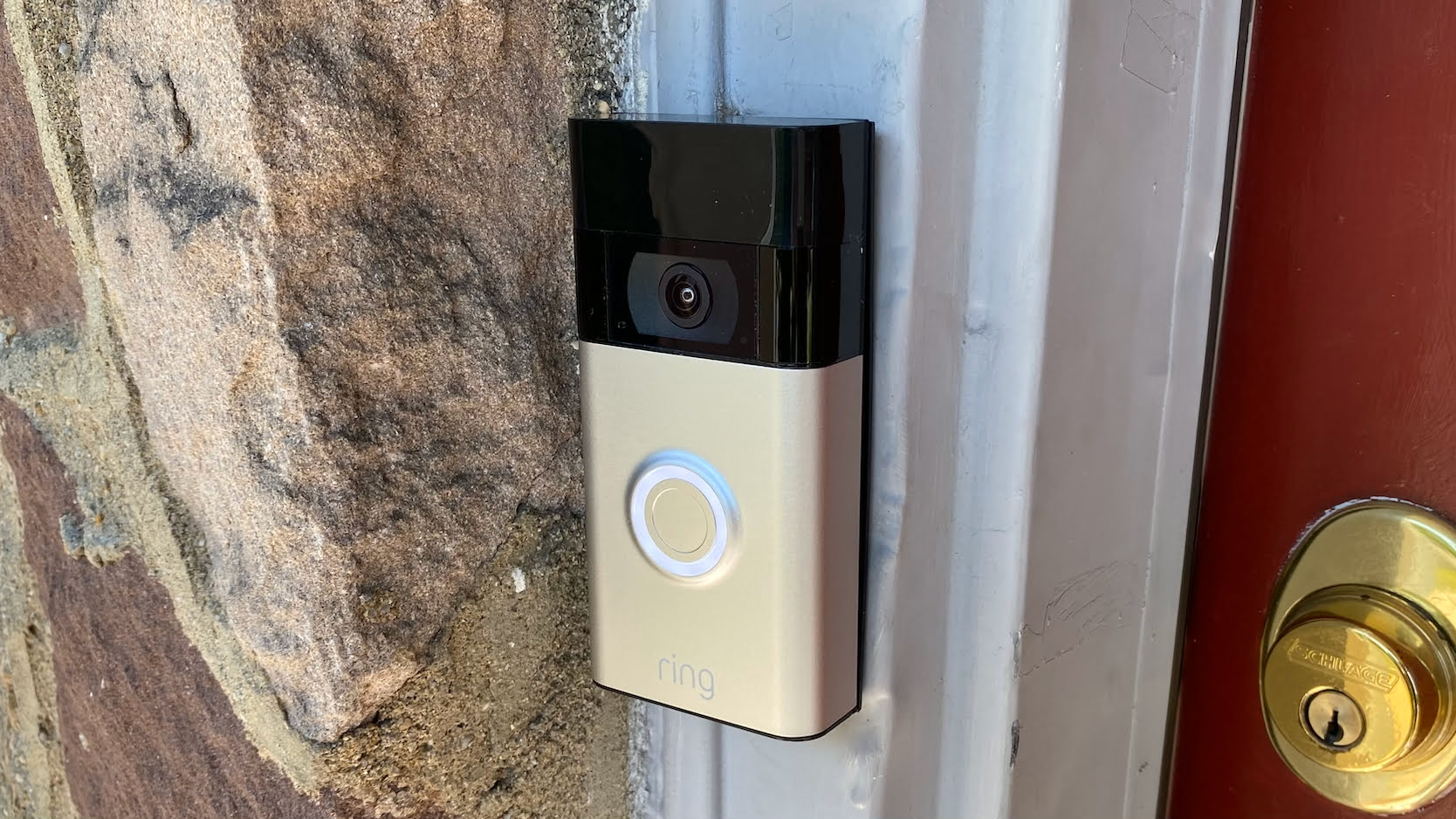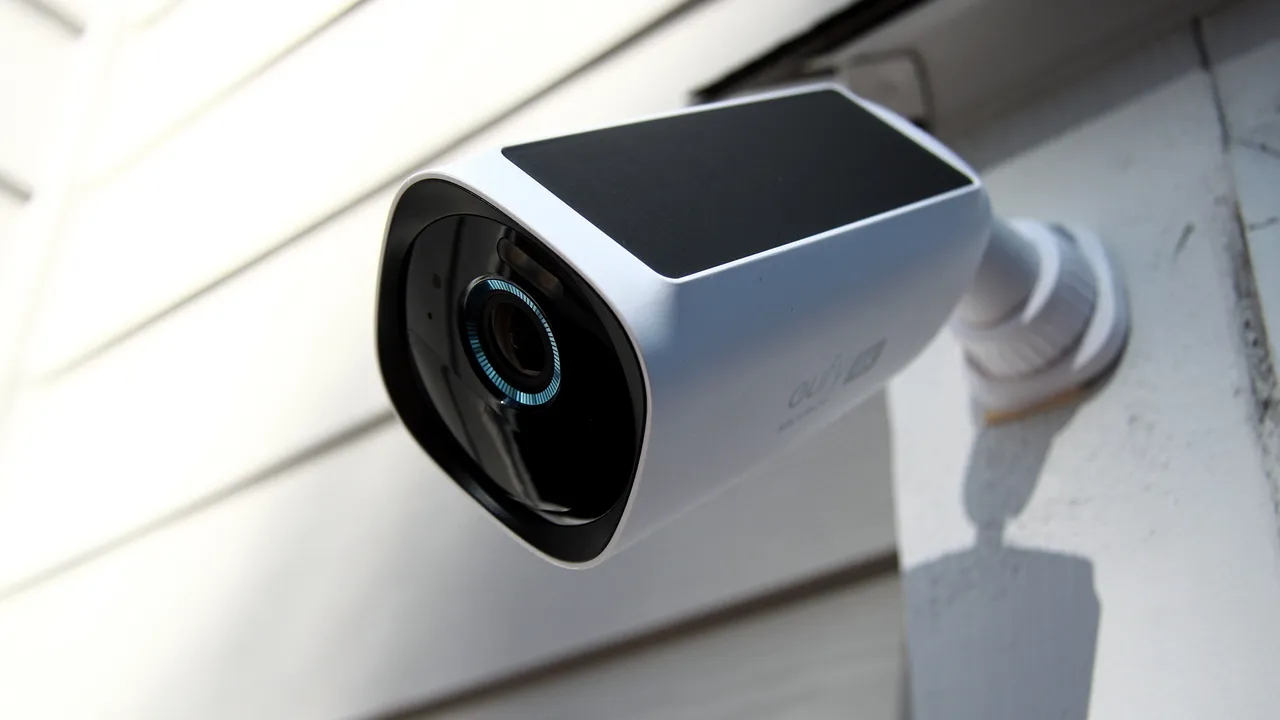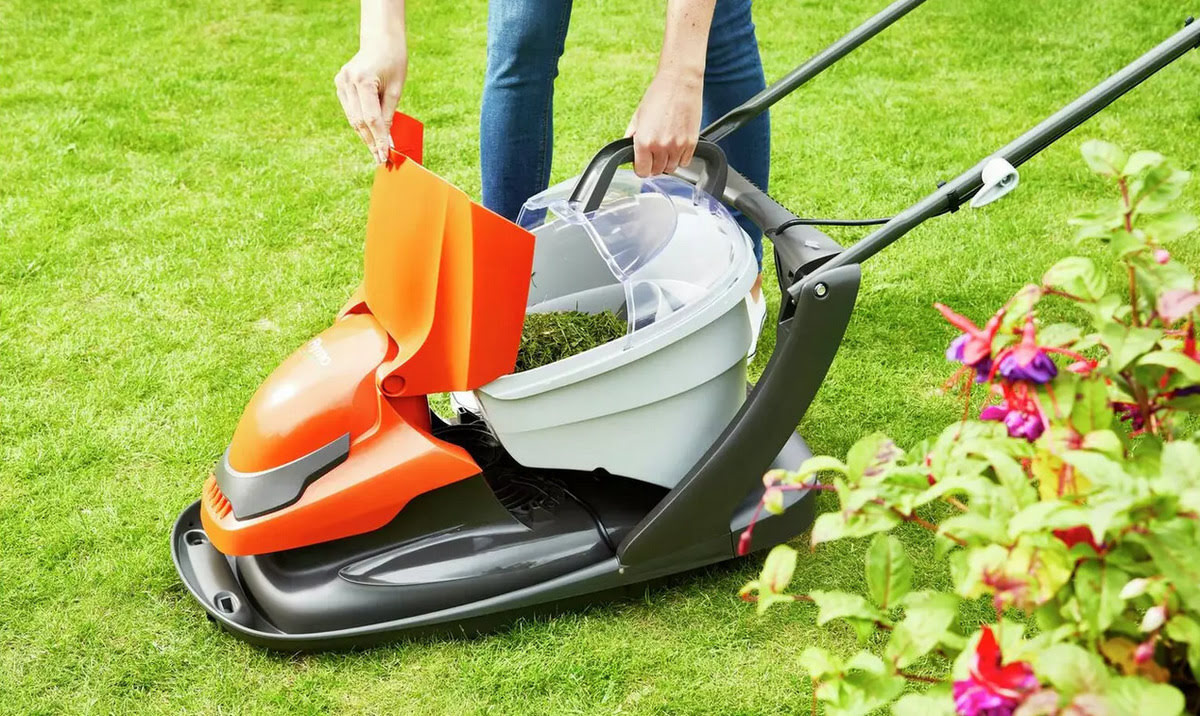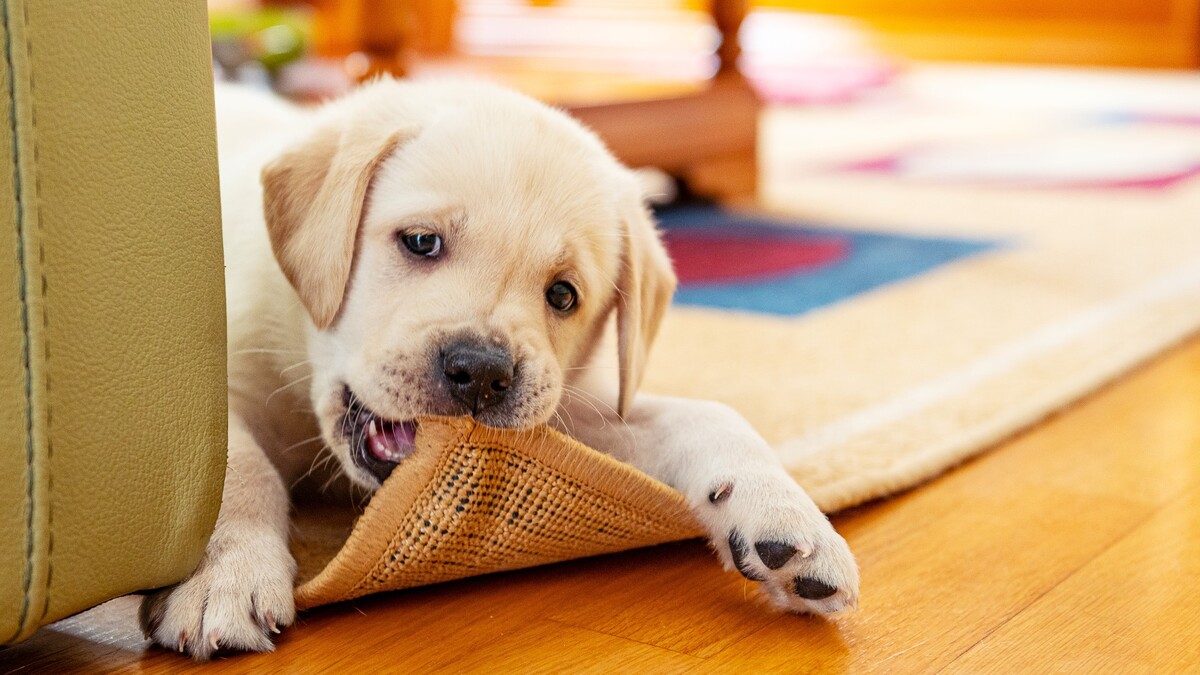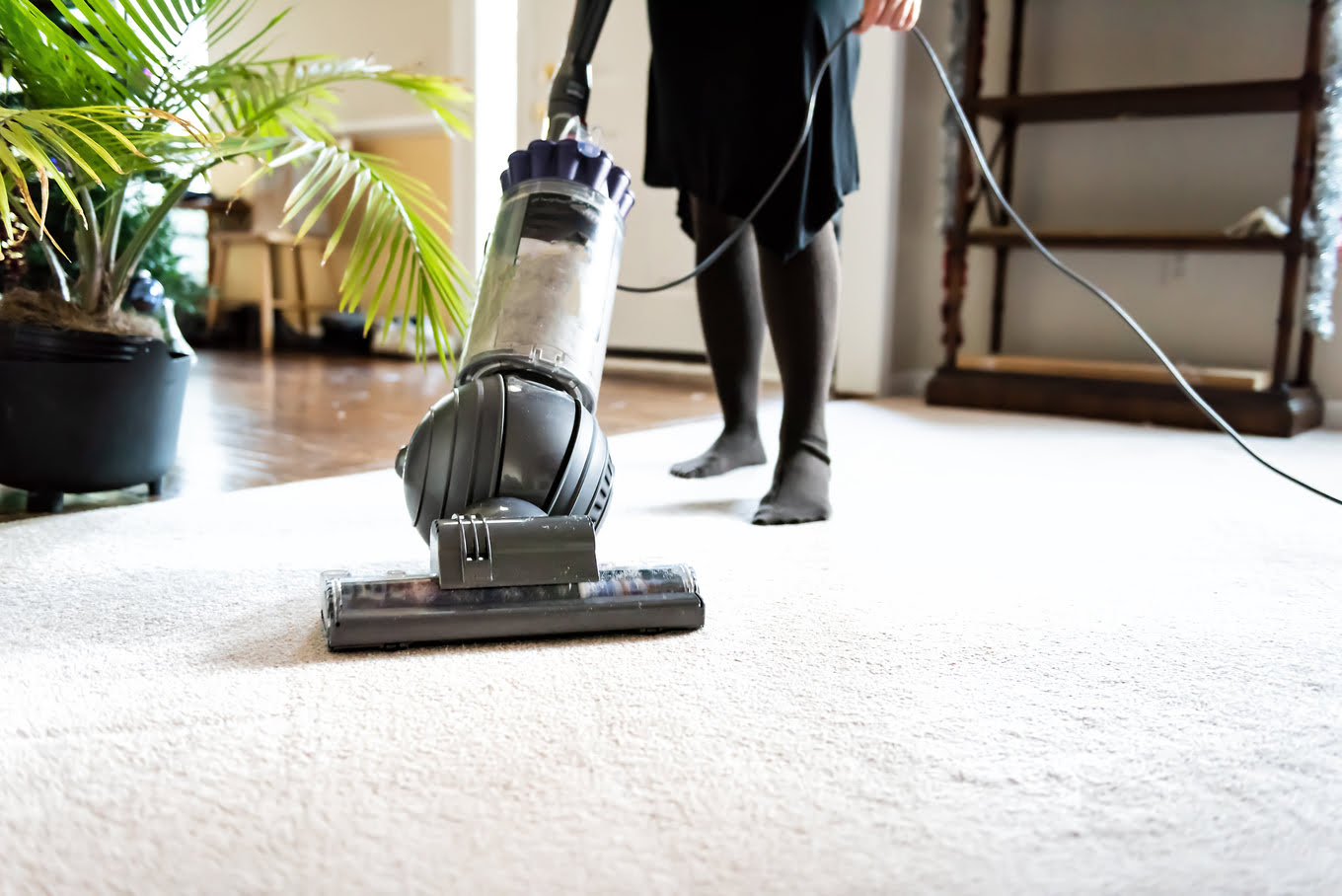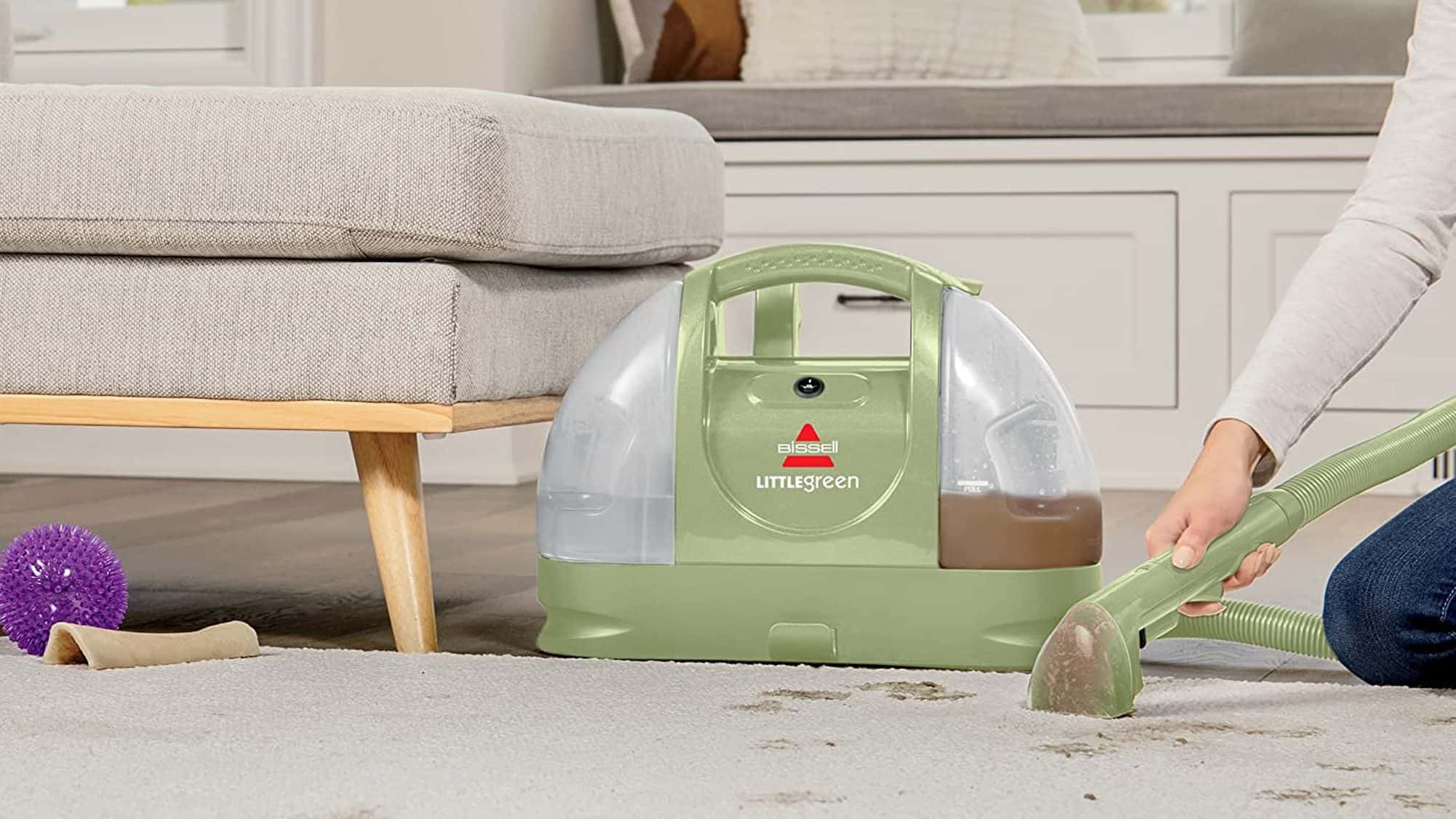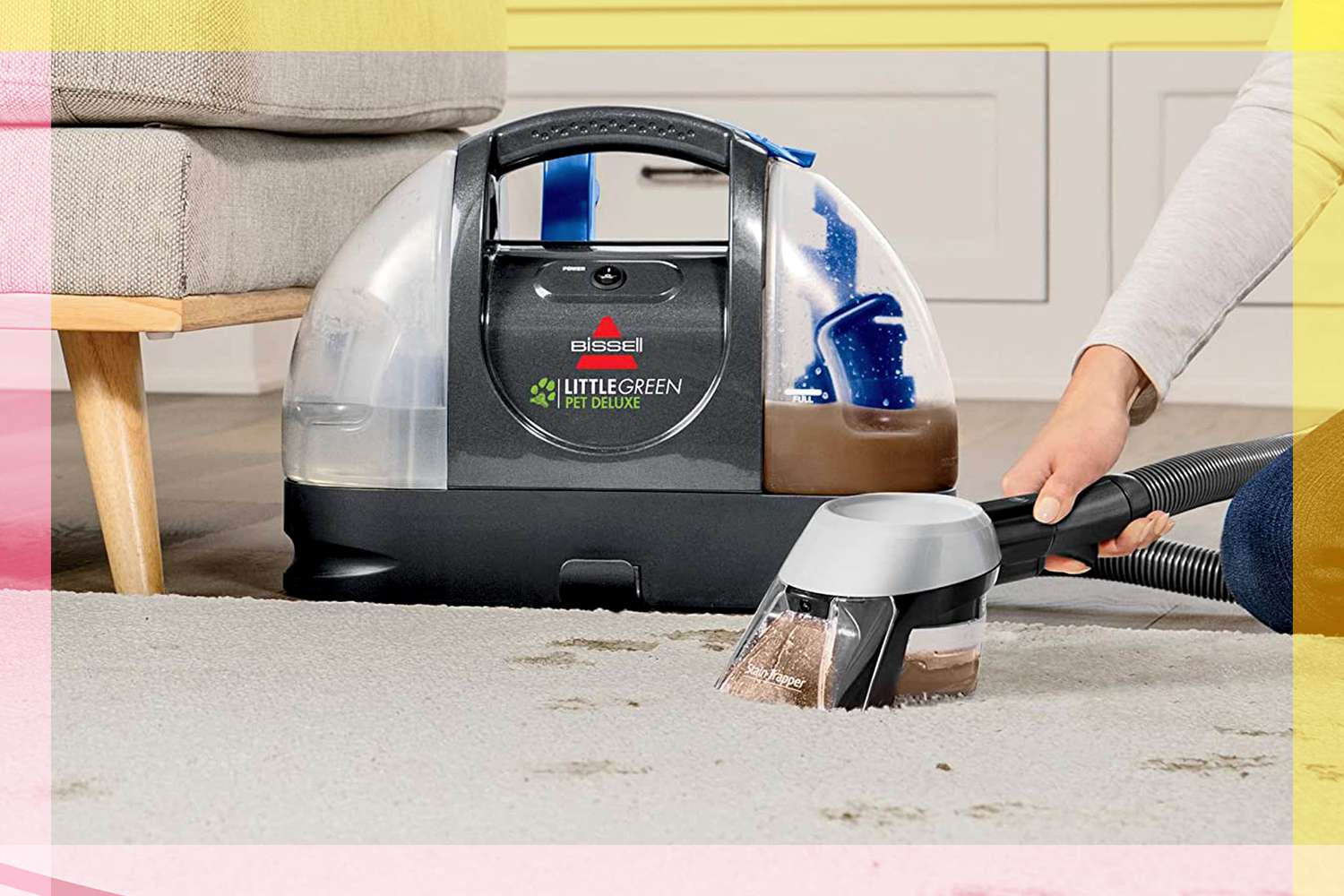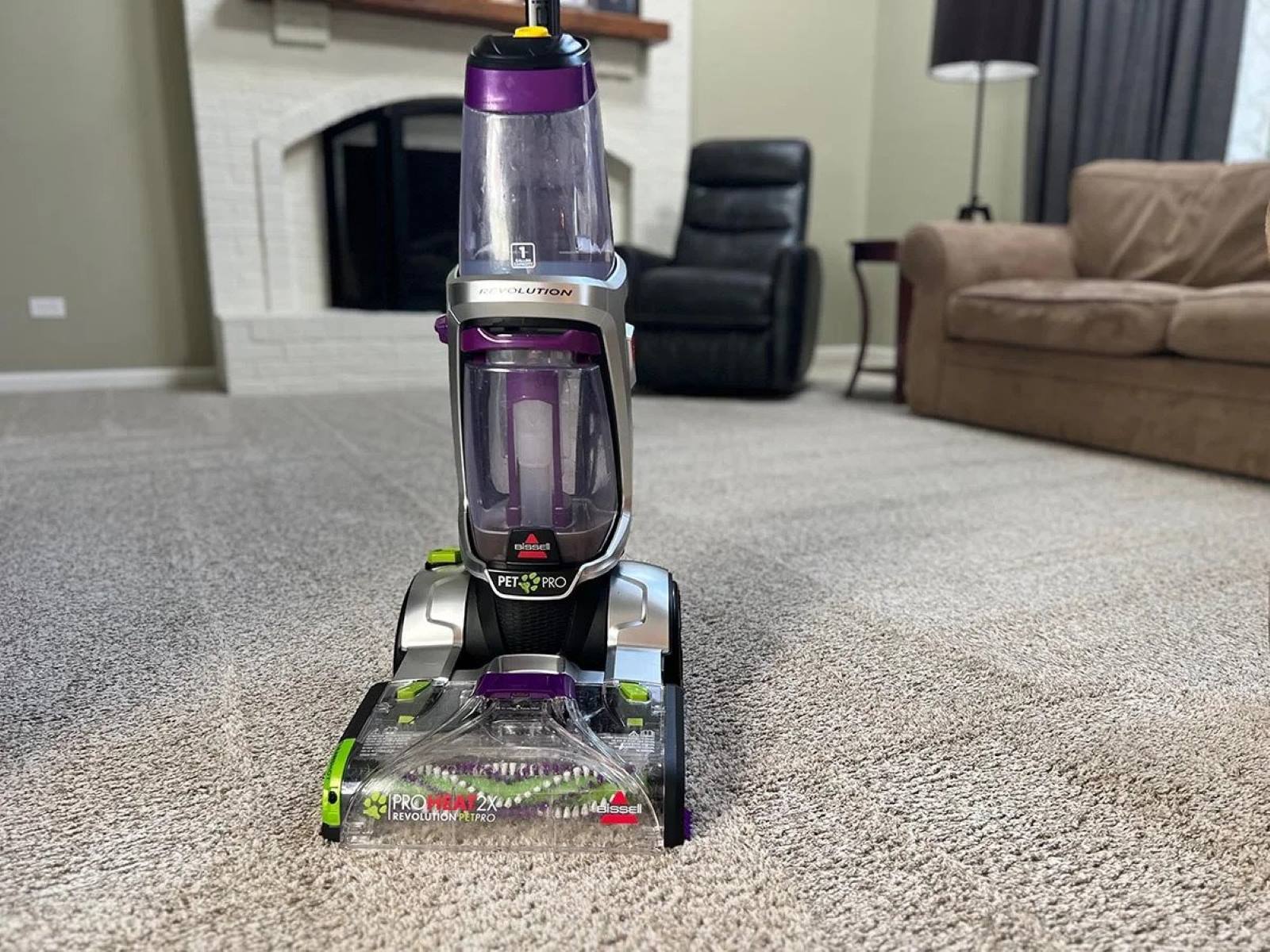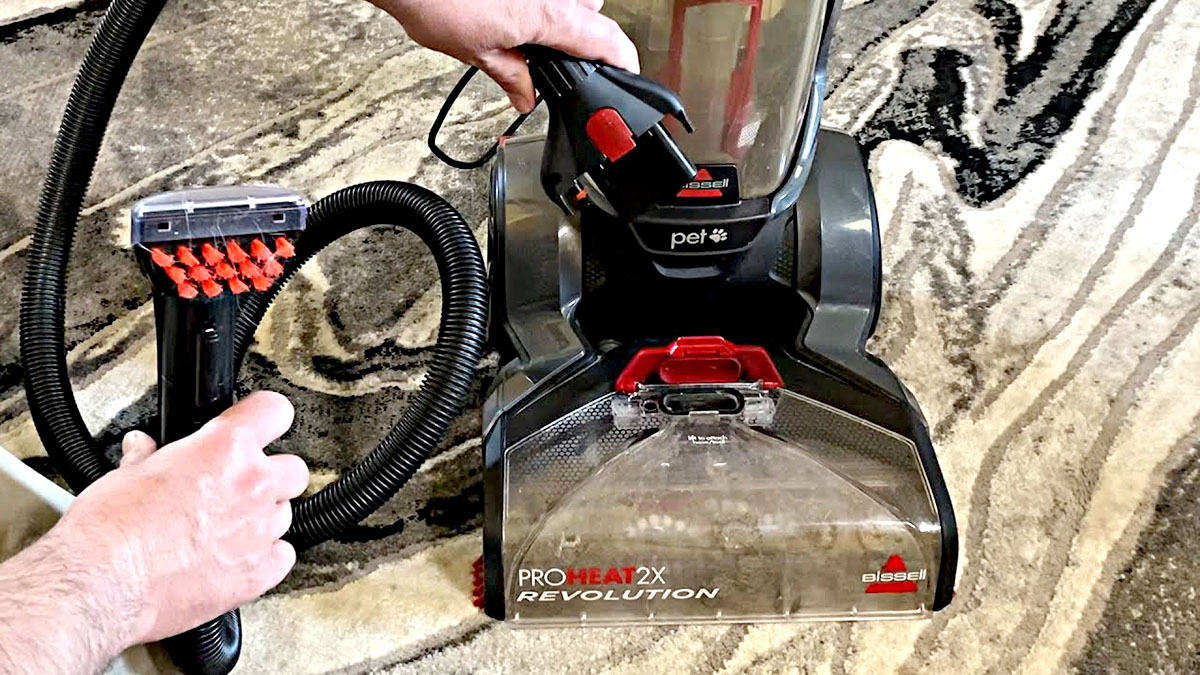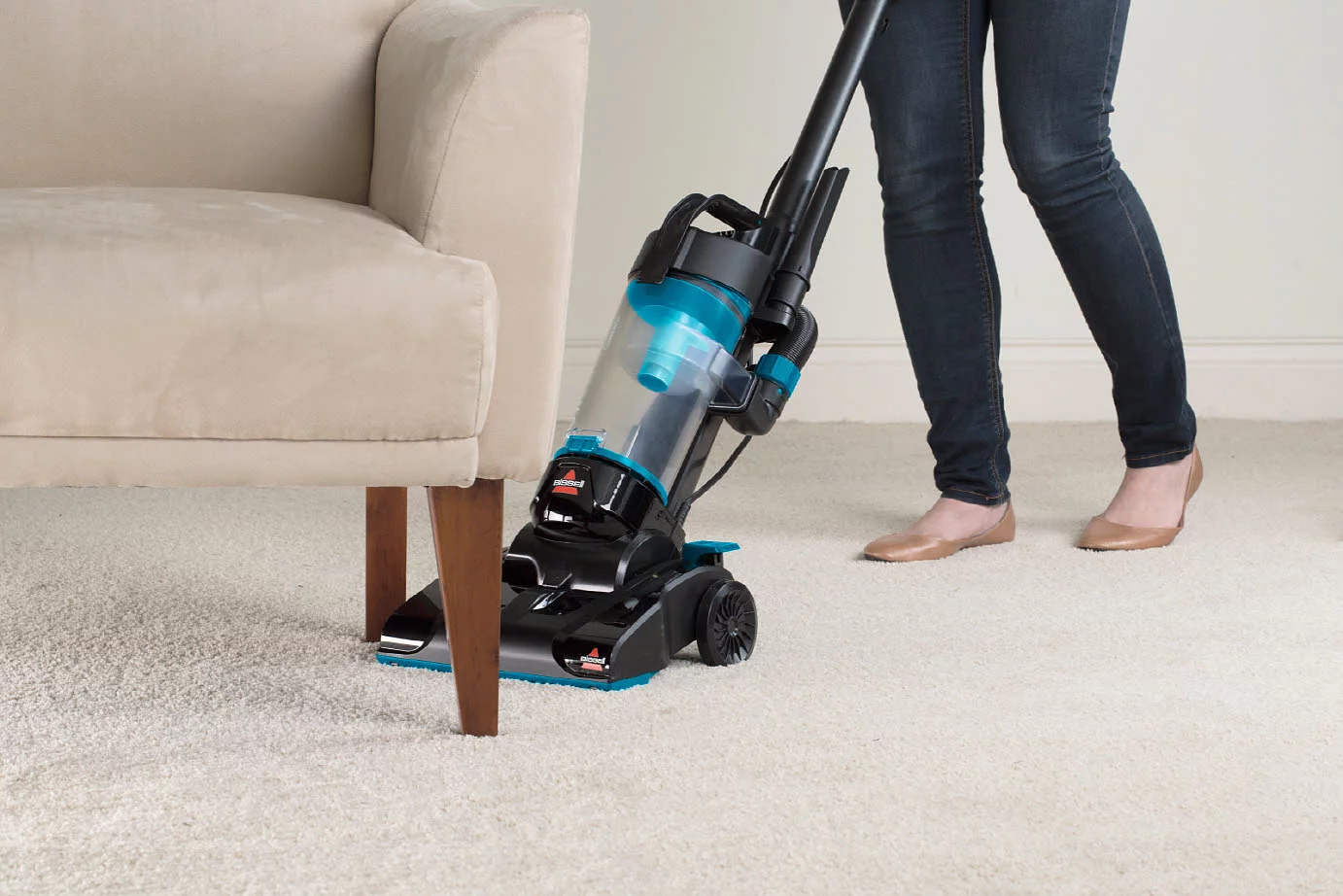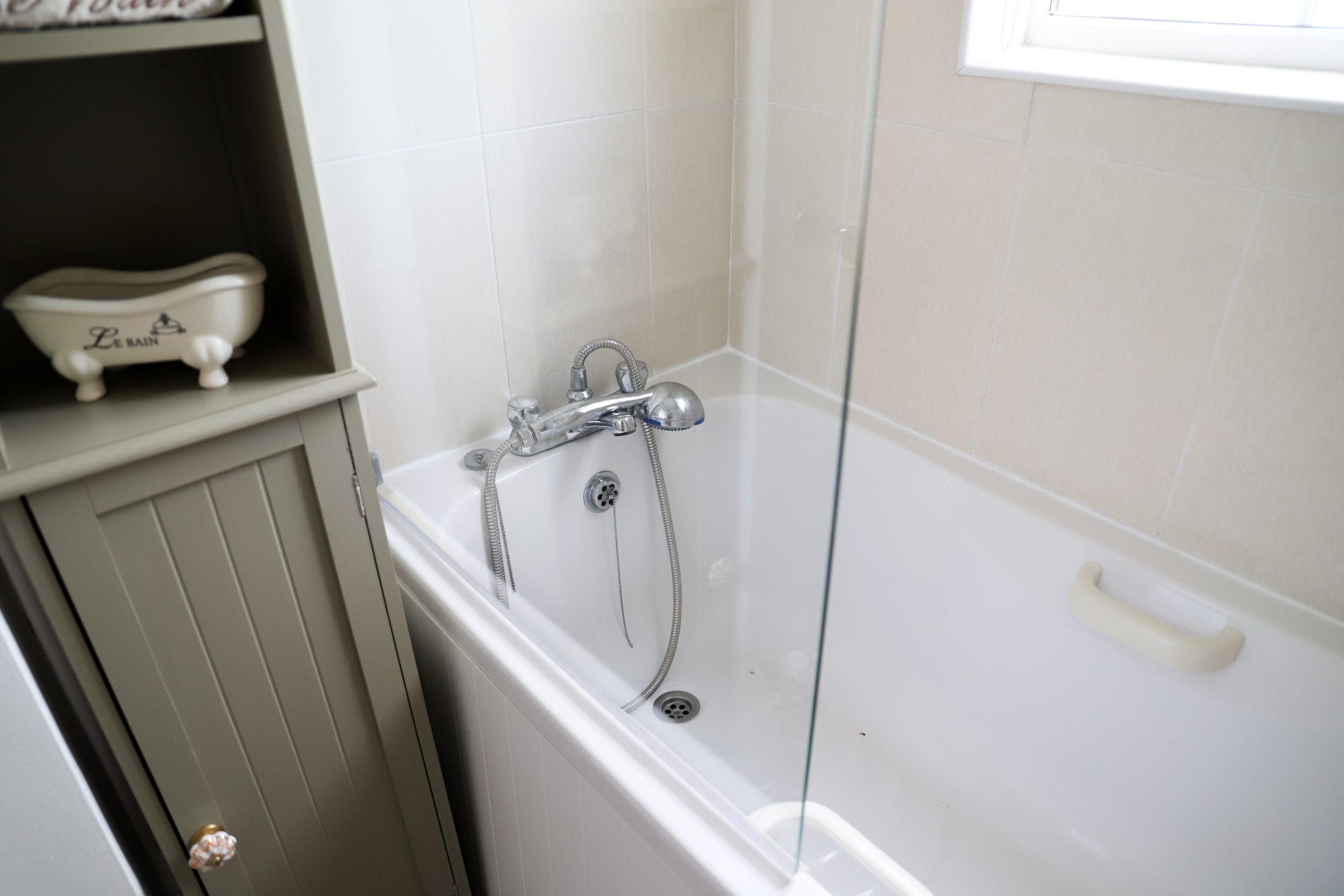Home>Articles>Why Is My Bissell Carpet Cleaner Not Picking Up Water?
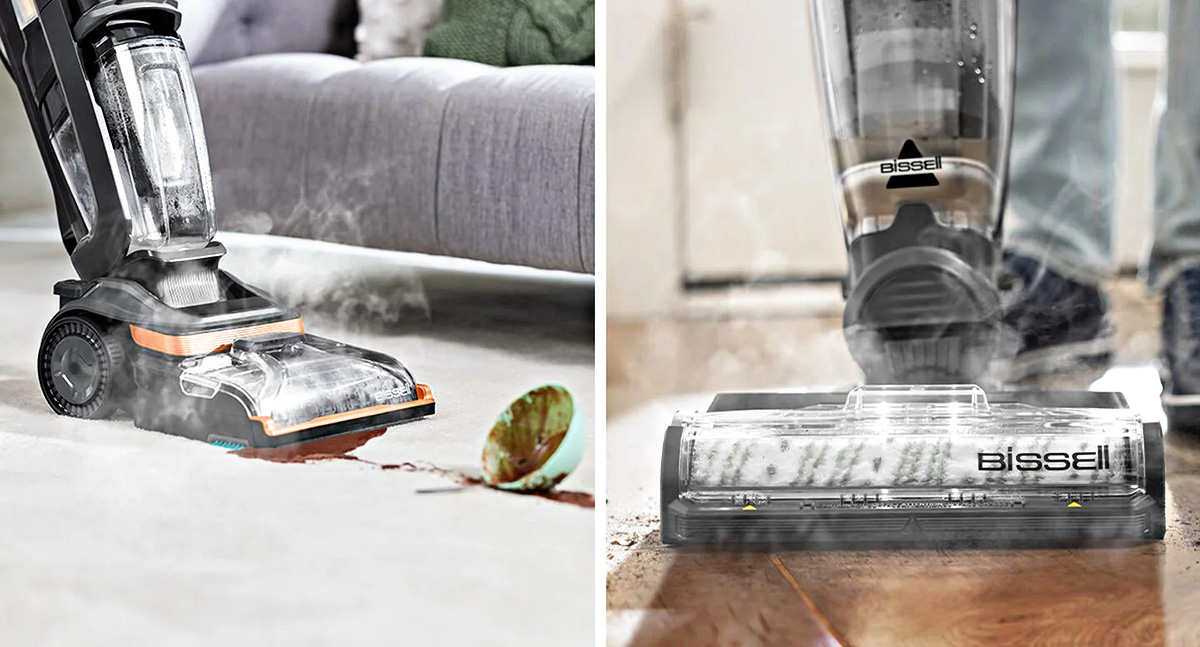

Articles
Why Is My Bissell Carpet Cleaner Not Picking Up Water?
Modified: February 29, 2024
Discover the reasons why your Bissell carpet cleaner isn't picking up water in this helpful articles. Find solutions to troubleshoot and get your cleaner back to full functionality.
(Many of the links in this article redirect to a specific reviewed product. Your purchase of these products through affiliate links helps to generate commission for Storables.com, at no extra cost. Learn more)
Introduction
Having a Bissell carpet cleaner can be a game-changer when it comes to keeping your home clean and fresh. These powerful machines are designed to effortlessly remove dirt and stains from your carpets, leaving them looking and smelling like new. However, what happens when your Bissell carpet cleaner is not picking up water as it should? It can be frustrating and leave you wondering how to tackle the issue.
In this article, we will explore the common causes behind a Bissell carpet cleaner not picking up water and provide you with troubleshooting steps to help you fix the problem. By following these steps, you can get your carpet cleaner back in working order and restore its suction power.
Before we dive into the troubleshooting steps, it’s important to understand why your Bissell carpet cleaner might not be picking up water. There could be several reasons for this issue, including clogged or dirty filters, a malfunctioning brush roll, a blockage in the suction path, or even improper assembly or usage of the carpet cleaner.
By identifying the root cause, you can take the necessary steps to address the issue and ensure that your Bissell carpet cleaner is working at its optimal performance. So, let’s delve into each potential cause and the corresponding troubleshooting steps to get your carpet cleaner back on track.
Key Takeaways:
- Regularly checking and cleaning the water tank, suction path, brush roll, and dirty water tank filter can help maintain the functionality of your Bissell carpet cleaner and ensure effective water pick-up.
- Verifying proper assembly, usage, and testing the carpet cleaner on different surfaces are essential steps to troubleshoot and resolve water pick-up issues. If problems persist, seek assistance from Bissell customer support or professional repair services.
Common Causes for Bissell Carpet Cleaner Not Picking Up Water
When your Bissell carpet cleaner is not picking up water, there are several common causes that you should consider. Understanding these causes can help you pinpoint the issue and take the necessary steps to fix it.
1. Clogged or Dirty Filters: One of the most common causes for a Bissell carpet cleaner not picking up water is clogged or dirty filters. Over time, dust, debris, and pet hair can accumulate in the filters, restricting the airflow and preventing proper suction. To fix this issue, remove and clean the filters according to the manufacturer’s instructions.
2. Malfunctioning Brush Roll: The brush roll is responsible for agitating the carpet fibers and loosening the dirt and debris. If the brush roll is not spinning properly, it can hinder the water pick-up process. Check the brush roll for any obstructions or tangled hair, and ensure it is properly attached and functioning.
3. Blockage in the Suction Path: A blockage in the suction path can also prevent the Bissell carpet cleaner from picking up water. Check for any obstructions in the suction path, including clogs in the nozzle or hose. Clear any blockages that you find to restore proper suction.
4. Improper Assembly or Usage: Sometimes, the issue may be due to improper assembly or usage of the carpet cleaner. Ensure that all the components are properly attached and that you are using the machine according to the instructions provided. It’s also essential to use the appropriate cleaning solution and adjust the settings correctly.
By identifying these common causes, you can start troubleshooting your Bissell carpet cleaner and take the necessary steps to fix the issue. In the next section, we will discuss the troubleshooting steps in detail to help you get your carpet cleaner back in working order.
Troubleshooting Steps to Fix Bissell Carpet Cleaner Not Picking Up Water
If your Bissell carpet cleaner is not picking up water, there are several troubleshooting steps you can take to resolve the issue. Following these steps will help you identify and fix the problem, restoring the suction power of your carpet cleaner.
1. Checking and cleaning the water tank: Start by ensuring that the water tank is properly filled with clean water. If the tank is empty or the water level is too low, the carpet cleaner may not pick up water effectively. Additionally, check for any debris or dirt that may be blocking the tank’s inlet or outlet. Clean the tank thoroughly if necessary.
2. Examining and cleaning the suction path: Inspect the suction path, including the nozzle and hose, for any obstructions or clogs. Clear any debris or dirt that you find using a small brush or a pipe cleaner. Ensure that the suction path is clear and unobstructed to allow for proper water pick-up.
3. Inspecting and cleaning the brush roll: The brush roll plays a crucial role in loosening dirt and debris from the carpet fibers. Check for any tangled hair, threads, or obstructions on the brush roll. Use a pair of scissors or your fingers to remove any entangled debris. Clean the brush roll thoroughly and ensure that it spins freely.
4. Checking and replacing the dirty water tank filter: The dirty water tank filter is responsible for trapping dirt and debris during the clean-up process. If the filter is clogged or dirty, it can hinder the water pick-up. Remove the filter and rinse it under running water to clean it. If the filter is damaged or excessively dirty, replace it with a new one.
5. Examining and cleaning the nozzle and hose: Check the nozzle and hose for any blockages or clogs. Detach the nozzle and hose from the carpet cleaner and inspect them carefully. Clear any debris or dirt using a brush or a pipe cleaner. Rinse the nozzle and hose with water to ensure they are clean and free from obstructions.
6. Verifying proper assembly and usage of the carpet cleaner: Double-check that all the components of the carpet cleaner are properly assembled and attached. Ensure that you are using the correct attachments and following the instructions for your specific model. Adjust the settings accordingly for optimal cleaning performance.
7. Testing the carpet cleaner on a different surface: If the troubleshooting steps mentioned above do not resolve the issue, try testing the carpet cleaner on a different surface. This will help determine if the problem is specific to your carpet or if it persists across various surfaces. If the carpet cleaner still fails to pick up water, further investigation or professional assistance may be required.
Remember, regular maintenance and cleaning of your Bissell carpet cleaner can help prevent issues like this from occurring in the future. By following these troubleshooting steps, you can effectively resolve the problem and have your carpet cleaner back in working order.
Checking and Cleaning the Water Tank
The water tank is a crucial component of your Bissell carpet cleaner, as it holds the clean water that is used for the cleaning process. If the water tank is not functioning correctly, your carpet cleaner may struggle to pick up water efficiently. Here are the steps to check and clean the water tank:
- Start by disconnecting the carpet cleaner from the power source to ensure your safety during the cleaning process.
- Locate the water tank on your carpet cleaner. Depending on the model, it may be located at the front or back of the machine.
- Remove the water tank from the carpet cleaner by following the instructions provided in the user manual. This usually involves lifting or pulling it away from the machine.
- Inspect the water tank for any visible signs of damage or cracks. If you notice any cracks or leaks, it may be necessary to replace the water tank to prevent further issues.
- Check the water tank’s inlet and outlet openings for any blockages or debris. Use your fingers or a soft cloth to clean any dirt or debris that may have accumulated in these areas.
- Next, empty any water that may be remaining in the water tank. Dispose of the water according to your local regulations.
- Fill the sink or a basin with warm water and a small amount of mild detergent.
- Place the water tank in the soapy water and use a sponge or cloth to clean the interior and exterior surfaces of the tank. Pay special attention to the corners and crevices where dirt can accumulate.
- Rinse the water tank thoroughly with clean water to remove any soap residue.
- Inspect the water tank once again to ensure that it is clean and free from any remaining dirt or residue.
- Before reattaching the water tank to the carpet cleaner, make sure that both the tank and the carpet cleaner’s connectors are dry. This will prevent any moisture from damaging the machine.
- Slide the water tank back into its original position on the carpet cleaner, ensuring that it locks securely into place.
- Once the tank is securely attached, plug in the carpet cleaner and test it to see if it is now picking up water correctly.
By regularly checking and cleaning the water tank, you can help maintain the functionality of your Bissell carpet cleaner. This simple maintenance step ensures that the carpet cleaner can effectively pick up water and continue to provide you with clean and fresh carpets.
Examining and Cleaning the Suction Path
The suction path of your Bissell carpet cleaner plays a crucial role in picking up water and dirt from your carpets. If the suction path is clogged or blocked, your carpet cleaner may struggle to effectively pick up water. Follow these steps to examine and clean the suction path:
- Turn off and unplug your Bissell carpet cleaner to ensure your safety while working on the machine.
- Locate the suction path, which includes the nozzle and hose of the carpet cleaner.
- Inspect the nozzle and hose for any visible signs of dirt, debris, or blockages. Look for hair, lint, or other small objects that may be obstructing the suction.
- If you notice any debris on the nozzle or hose, use a soft cloth or paper towel to remove it. You can also use a small brush or your fingers to dislodge any stubborn dirt or hair.
- For more stubborn clogs or blockages, you can use a pipe cleaner or a long, thin brush to gently remove the debris from the suction path. Be careful not to damage or scratch any surfaces while doing this.
- If the nozzle or hose is detachable, remove them from the carpet cleaner. This will allow you to have better access to the suction path for thorough cleaning.
- Run water through the nozzle and hose to flush out any remaining debris. This will help ensure that the suction path is completely clear.
- Dry the nozzle and hose thoroughly before reattaching them to the carpet cleaner. Moisture in the suction path can lead to blockages or affect the performance of the machine.
- Once the nozzle and hose are securely reattached, plug in the carpet cleaner and turn it on. Test the machine to see if it is now picking up water properly.
Regularly examining and cleaning the suction path of your Bissell carpet cleaner is essential for maintaining its performance. By keeping the suction path clear and unobstructed, you can ensure that your carpets are thoroughly cleaned and that the machine operates efficiently.
Read more: Why Won’t My Carpet Cleaner Pick Up Water
Inspecting and Cleaning the Brush Roll
The brush roll of your Bissell carpet cleaner is responsible for agitating the carpet fibers and loosening dirt and debris. If the brush roll is not functioning properly, it can hinder the water pick-up process. Follow these steps to inspect and clean the brush roll:
- Ensure that your Bissell carpet cleaner is turned off and unplugged before working on the brush roll.
- Locate the brush roll, which is typically located on the underside or front of the carpet cleaner.
- Visually inspect the brush roll for any tangled hair, threads, or debris. If you notice any obstructions, use a pair of scissors or your fingers to carefully remove them. Be cautious not to damage the bristles or brush roll in the process.
- If the brush roll can be removed from the carpet cleaner, follow the manufacturer’s instructions to detach it. This will allow you to clean it more thoroughly.
- Use a small brush or your fingers to gently remove any remaining hair or debris from the brush roll. Make sure to clear any tangled hairs and remove any larger debris that may have accumulated.
- Rinse the brush roll with warm water to remove any remaining dirt or cleaning solution residue. Ensure that all the bristles are clean and free from obstructions.
- Allow the brush roll to air dry completely before reattaching it to the carpet cleaner. It’s important to ensure that the brush roll is completely dry to prevent any mold or mildew growth.
- Once the brush roll is dry, reattach it to the carpet cleaner according to the manufacturer’s instructions. Make sure it is secured properly in place.
- Plug in your Bissell carpet cleaner and turn it on. Test the machine to see if the brush roll is spinning freely and efficiently picking up water.
Regularly inspecting and cleaning the brush roll of your Bissell carpet cleaner is essential for maintaining its performance. By keeping the brush roll clean and free from obstructions, you can ensure that it effectively agitates the carpet fibers, allowing for better water pick-up and a thorough cleaning process.
Check the suction power by ensuring the dirty water tank is properly seated and the tank lid is securely closed. Also, clean the nozzle and check for any clogs in the hose or brush roll.
Checking and Replacing the Dirty Water Tank Filter
The dirty water tank filter is a crucial component of your Bissell carpet cleaner as it helps trap dirt and debris during the cleaning process. If the filter becomes clogged or dirty, it can affect the water pick-up ability of the machine. Follow these steps to check and replace the dirty water tank filter:
- Make sure your Bissell carpet cleaner is turned off and unplugged for safety.
- Locate the dirty water tank of your carpet cleaner. This is the tank where the wastewater is collected during the cleaning process.
- Remove the dirty water tank from the carpet cleaner, following the instructions provided in the user manual.
- Inspect the dirty water tank filter for any visible signs of dirt, debris, or discoloration. If the filter appears dirty or clogged, it’s time to clean or replace it.
- If the filter is washable, rinse it under running water to remove any trapped dirt or debris. Gently scrub the filter with a soft brush to dislodge any stubborn particles.
- Allow the filter to air dry completely before reinstalling it in the dirty water tank. It’s important to ensure that the filter is completely dry to prevent mold or mildew growth.
- If the dirty water tank filter is not washable or shows significant wear and tear, it’s time to replace it. Check the user manual or contact Bissell customer support to find the appropriate replacement filter for your specific model.
- Insert the clean or new filter into the designated slot in the dirty water tank, making sure it fits securely. Ensure that the filter is aligned properly to prevent any water leakage during operation.
- Reattach the dirty water tank to the carpet cleaner, following the manufacturer’s instructions. Make sure it is securely locked in place.
- Plug in your Bissell carpet cleaner and turn it on to test the machine. Check if the dirty water tank filter is now picking up water effectively.
Regularly checking and cleaning, or replacing the dirty water tank filter of your Bissell carpet cleaner is essential to maintain its performance. By keeping the filter clean, you can ensure that it effectively traps dirt and debris, allowing for optimal water pick-up and a thorough cleaning process.
Examining and Cleaning the Nozzle and Hose
The nozzle and hose of your Bissell carpet cleaner play a critical role in the suction and water pick-up process. If these components are clogged or obstructed, your carpet cleaner may struggle to effectively pick up water. Follow these steps to examine and clean the nozzle and hose:
- Ensure that your Bissell carpet cleaner is turned off and unplugged for your safety.
- Locate the nozzle and hose, which are typically found at the front or back of the machine.
- Inspect the nozzle and hose for any visible signs of dirt, debris, or blockages. Look for hair, lint, or other small objects that may be obstructing the suction.
- If you notice any debris on the nozzle or hose, use a soft cloth or paper towel to remove it. You can also use a small brush or your fingers to dislodge any stubborn dirt or hair.
- If the nozzle or hose is detachable, remove them from the carpet cleaner. This will allow you to have better access to examine and clean them more thoroughly.
- Check the nozzle for any obstructions or clogs. Run water through it to ensure it is clear and free from debris. Use a pipe cleaner or a small brush to remove any stubborn dirt or residue.
- If the hose is removable, separate it from the carpet cleaner. Check both ends of the hose for any blockages or clogs. Use a long, flexible brush or pipe cleaner to clear any obstructions.
- Run water through the hose to flush out any remaining debris or dirt. This will help ensure that the nozzle and hose are completely clear.
- Once you have thoroughly cleaned the nozzle and hose, dry them completely before reattaching them to the carpet cleaner. It’s important to ensure that these components are dry to prevent any moisture-related issues.
- Reattach the nozzle and hose to the carpet cleaner, following the manufacturer’s instructions. Make sure they are properly secured in place.
- Plug in your Bissell carpet cleaner and turn it on. Test the machine to see if the nozzle and hose are now allowing for proper suction and water pick-up.
Regularly examining and cleaning the nozzle and hose of your Bissell carpet cleaner is crucial for maintaining its performance. By keeping these components clear of obstructions, you can ensure that the machine effectively picks up water and provides a thorough cleaning experience.
Verifying Proper Assembly and Usage of the Carpet Cleaner
Proper assembly and usage of your Bissell carpet cleaner are vital for its optimal performance. Sometimes, the issue of not picking up water can arise due to improper assembly or incorrect usage. Follow these steps to verify the proper assembly and usage of your carpet cleaner:
- Start by turning off and unplugging your Bissell carpet cleaner to ensure your safety.
- Refer to the user manual or manufacturer’s instructions for your specific model to familiarize yourself with the correct assembly process.
- Check all the components of the carpet cleaner, including the dirty water tank, clean water tank, nozzles, brush roll, and hose. Ensure that they are properly attached and securely in place.
- Inspect the power cord and make sure it is free from any cuts or damage. A damaged power cord can affect the functionality of the carpet cleaner.
- Ensure that you are using the appropriate cleaning solution recommended by Bissell for your specific carpet cleaner model. Using the wrong cleaning solution can affect the machine’s performance.
- Adjust the settings on the carpet cleaner according to the type of carpet and level of dirt or stains you are dealing with. Refer to the user manual for guidance on setting adjustments.
- Check the water tank levels to ensure that the clean water tank is filled with the appropriate amount of water and the dirty water tank is not full. If the dirty water tank is full, empty it before use.
- Once you have verified the assembly and settings, plug in your carpet cleaner and turn it on.
- Test the carpet cleaner on a small, inconspicuous area of your carpet to ensure that it is picking up water properly and functioning as expected.
- If the carpet cleaner is not picking up water correctly, double-check the assembly and settings to ensure everything is in order. Make any necessary adjustments and test again.
- If the issue persists, refer to the troubleshooting steps mentioned earlier in this article or contact Bissell customer support for further assistance.
Proper assembly and usage of your Bissell carpet cleaner are essential for its efficient operation. By verifying these factors, you can ensure that your carpet cleaner is set up correctly and performing at its best, allowing for effective water pick-up and a thorough cleaning experience.
Testing the Carpet Cleaner on a Different Surface
If your Bissell carpet cleaner is not picking up water as it should, it might be helpful to test it on a different surface. By doing so, you can determine if the issue is specific to your carpet or if it persists across various surfaces. Follow these steps to test your carpet cleaner on a different surface:
- Switch off and unplug your Bissell carpet cleaner for safety.
- Select a different surface to test your carpet cleaner on. This could be a hard floor, such as tile or laminate, or a different type of carpet.
- Prepare the surface by removing any loose debris or objects that could interfere with the cleaning process.
- Fill the clean water tank with the appropriate amount of water and cleaning solution, following the manufacturer’s instructions for your specific model.
- Assemble the carpet cleaner properly, ensuring that all components are securely attached and in the correct position.
- Plug in your carpet cleaner and turn it on.
- Start cleaning the test surface with the carpet cleaner, following the recommended techniques and movements for your specific model.
- Observe the water pick-up performance of the carpet cleaner on the different surface. Pay attention to whether it is picking up water effectively or if there are any signs of poor suction.
- If the carpet cleaner is picking up water correctly on the different surface, it indicates that the issue could be specific to your carpet. You may need to consider deep cleaning or treating your carpet separately to address the problem.
- If the carpet cleaner still struggles to pick up water adequately on the different surface, it suggests that there may be an underlying issue with the machine itself.
- In such cases, refer to the troubleshooting steps mentioned earlier in this article or consider contacting Bissell customer support or professional repair services for further assistance.
Testing your Bissell carpet cleaner on a different surface can help you determine whether the issue lies with the machine or with the specific type of carpet you are cleaning. This step can provide valuable information to guide you in resolving the problem effectively.
Consulting Bissell Customer Support or Professional Repair Services
If you have tried the previous troubleshooting steps and your Bissell carpet cleaner is still not picking up water properly, it may be time to seek assistance from Bissell customer support or professional repair services. Here are the steps to follow:
- Make sure you have all the relevant information about your Bissell carpet cleaner, such as the model number, serial number, and purchase date. This information will help customer support identify your specific machine and provide appropriate assistance.
- Visit the Bissell website or contact their customer support department. They may have a dedicated troubleshooting page, live chat support, or a helpline that you can reach out to for assistance.
- When contacting customer support, provide a detailed description of the issue you are facing with your carpet cleaner. Explain the troubleshooting steps you have already taken, so they can understand the problem more effectively.
- Follow the instructions provided by the customer support representative. They may guide you through additional troubleshooting steps or recommend a specific course of action based on your situation.
- If the customer support representative determines that your carpet cleaner needs professional repair, ask for guidance on finding an authorized repair center or service technician. They can provide you with a list of service centers in your area.
- Contact the authorized repair center or service technician to schedule an appointment. Ensure that they specialize in Bissell machines and have experience with carpet cleaner repairs.
- When taking your carpet cleaner for repair, bring along all relevant documents, such as the proof of purchase and any warranty information you have. This will help expedite the repair process.
- Follow any additional instructions provided by the repair center or technician, such as drop-off procedures or estimated repair timelines.
- Once the repair is complete, adhere to any maintenance recommendations provided by the repair center to ensure the continued performance of your Bissell carpet cleaner.
Consulting Bissell customer support or professional repair services is an effective way to address complex issues with your carpet cleaner. Their expertise and guidance can provide you with the necessary assistance to resolve the problem and get your carpet cleaner back in proper working condition.
Conclusion
A Bissell carpet cleaner can be a valuable tool for keeping your carpets clean and fresh. However, if your carpet cleaner is not picking up water properly, it can be frustrating and hinder your cleaning efforts. Fortunately, by following the troubleshooting steps outlined in this article, you can identify and address the common causes behind this issue.
Start by checking and cleaning the water tank to ensure it is properly filled and free from debris. Then, examine and clean the suction path, including the nozzle and hose, to clear any blockages. Inspect and clean the brush roll to ensure it is free from tangled hair or debris. Additionally, check and replace the dirty water tank filter if necessary.
Take the time to verify the proper assembly and usage of your Bissell carpet cleaner, making sure all components are securely attached and adjusted correctly. If the issue persists, try testing the carpet cleaner on a different surface to determine if it’s a specific carpet-related problem.
If all else fails, don’t hesitate to consult Bissell customer support or professional repair services. Their expertise can provide further guidance and solutions tailored to your specific situation.
By addressing these potential issues and seeking appropriate assistance when needed, you can restore the functionality of your Bissell carpet cleaner and enjoy clean, fresh carpets once again.
Remember, regular maintenance, proper usage, and timely troubleshooting are key to keeping your carpet cleaner in optimal condition. With these steps, you can ensure that your Bissell carpet cleaner continues to serve you well and keeps your carpets looking their best.
Frequently Asked Questions about Why Is My Bissell Carpet Cleaner Not Picking Up Water?
Was this page helpful?
At Storables.com, we guarantee accurate and reliable information. Our content, validated by Expert Board Contributors, is crafted following stringent Editorial Policies. We're committed to providing you with well-researched, expert-backed insights for all your informational needs.
